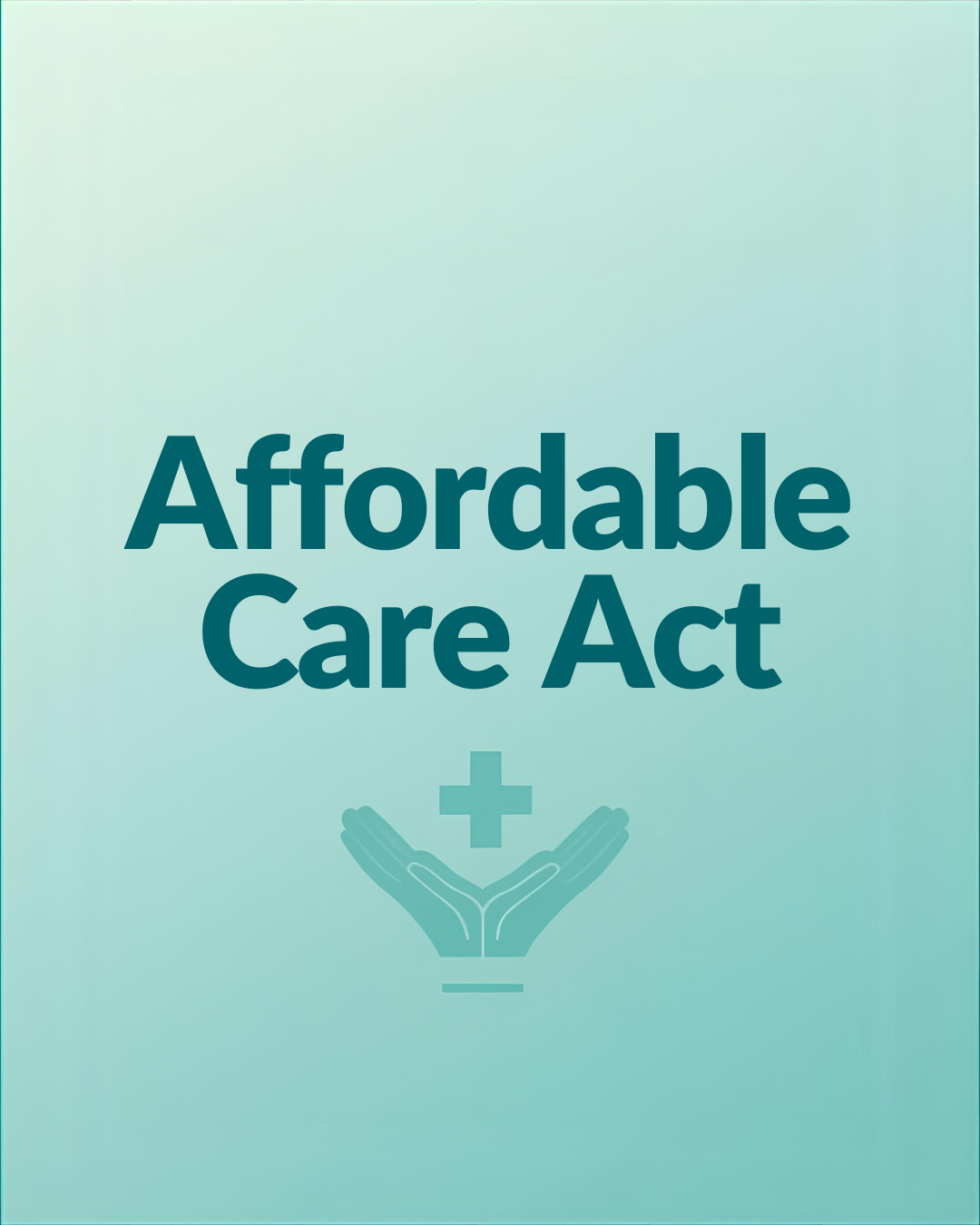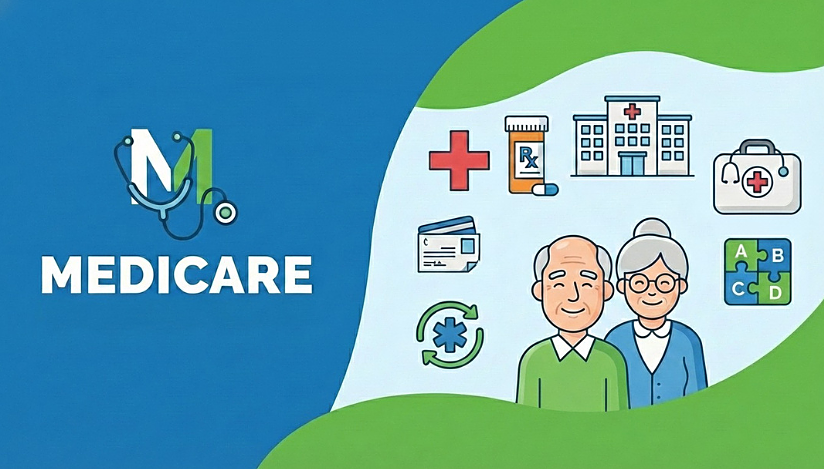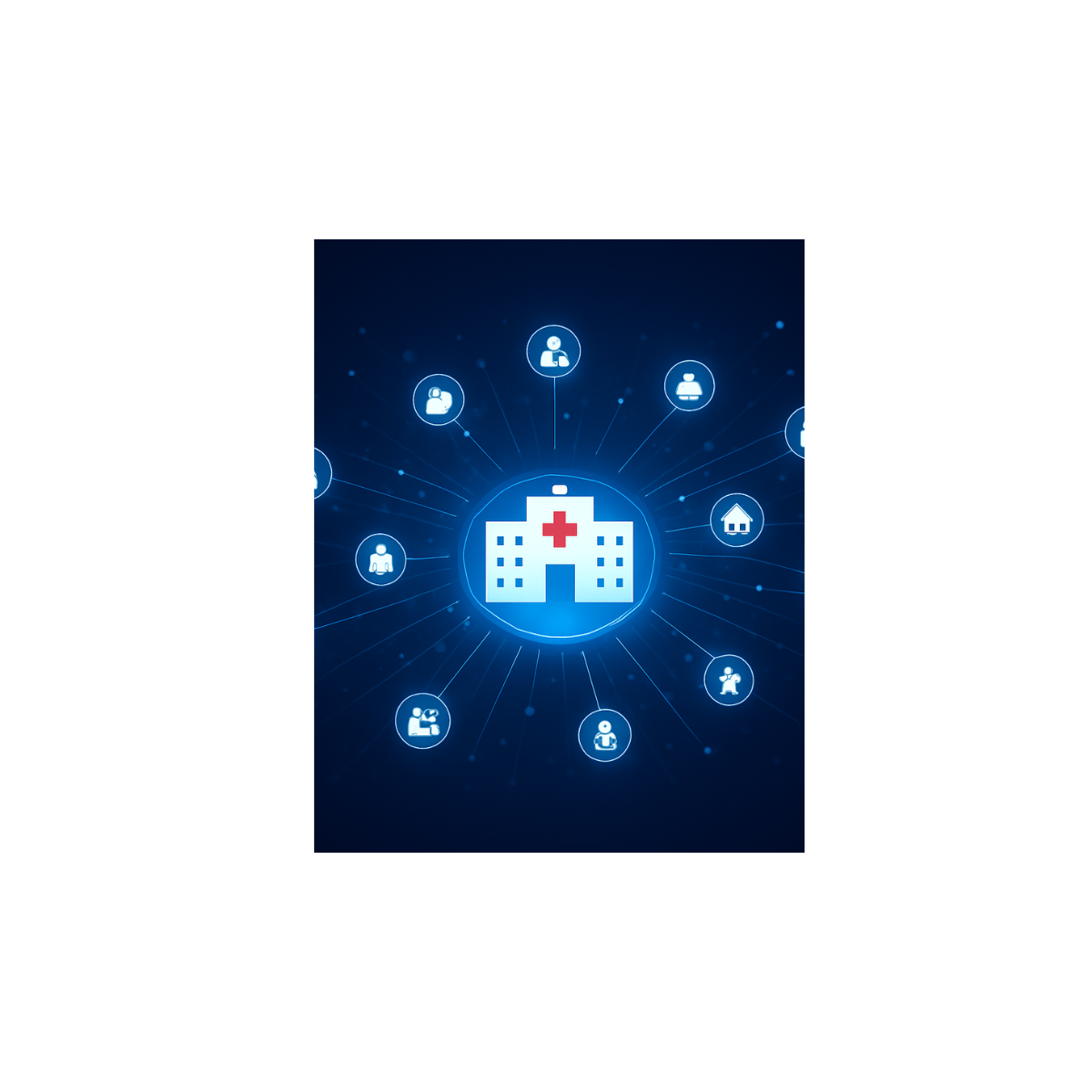The Delta Variant of COVID-19: Messaging Tips for Hospitals and Health Systems
Although the COVID-19 pandemic created a grim 2020, hope appeared on the horizon when effective vaccines became available and Americans began to line up for their shots. As immunity levels grew, infection rates fell, and previously-strapped healthcare systems breathed a collective sigh of relief as a semblance of “normal” slowly returned.
Then the Delta variant emerged.
Within the past few months, infection rates have surged, particularly among the unvaccinated. And unlike the original strain of COVID-19, younger populations are getting sick, too. Trends like these are creating a growing worry among consumers and underscore the importance of effective messaging from the hospitals and health systems they depend on.
Here, we’ll take a look at recent research about consumer perspectives in this context; past insights about the types of communications consumers said they needed when the pandemic first hit; and tips that may help your organization connect more effectively with those who need your support and expertise.
Understand current consumer comfort trends
According to Morning Consult’s weekly Return to Normal tracker that measures consumer comfort levels, data published on August 5th reflects a downward trend across categories due to concerns about the Delta variant. Results revealed that:
- “47% of vaccinated consumers, on average, said they currently feel safe doing a wide range of activities, a drop from 55% as of July 1-4.
- 52% of unvaccinated adults said the same, down from 58% since July 10.”
Consumer comfort trends such as these should come as no surprise in light of Morning Consult’s Return to Normal tracker findings about “overall COVID-19 concern at the local level”—which is on the rise, with “…roughly 1 in 4 (27 percent) U.S. adults saying COVID-19 is a ‘severe’ health risk to their local community, up 5 points from late July.”
Learn from the past
In our whitepaper, 2021 Outlook – What’s Ahead for Health Systems & Provider Networks, we cited several important reports from healthcare industry experts related to connecting effectively with patients in the midst of the pandemic. A common thread among them is related to the need for accurate information from trusted resources who provide it with an empathetic approach.
When we conducted our own survey about what patients needed to know to take care of themselves and their families in the COVID-19 world, we uncovered a similar thread that reflected the need for clear communications that were easily accessible and offered a human touch.
Our survey results provided several key takeaways for healthcare providers when it comes to effective messaging for patients and prospects in the era of COVID-19, which could also be applied to Delta variant concerns:
- Help your patients feel safe—by letting them know what measures are in place to ensure their safety when they visit your facility.
- Provide the information patients want the way they want it—by letting them know what to expect when they visit and using their preferred channels to do it. In our survey, the two most popular channels cited for receiving that type of information were email and the provider’s website.
- Maintain a human touch—by making sure they can talk to a real person on the phone, if needed.
- Make your expertise known—by promoting service lines that can uniquely meet patient needs in this era and providers within your ranks who can do the same.
- Embrace digital communications—since they’re the most effective way to connect with the patients and prospects who spend so much time online.
Take a strategic approach
Although the Delta variant is creating some concerning trends, your organization has the benefit of having been through this before. That means you can apply past lessons to enhance present messaging to better ensure its effectiveness. If something didn’t work well when COVID initially hit, try to understand why that was and adjust your approach.
Additionally, consider what’s new this time around that should be integrated into your messaging, such as vaccines. If your health system is offering one or more of the vaccines, make sure your community knows when and where they can get one.
And since the Delta variant seems to be affecting a wider population than the original strain, make sure your community knows about specific service lines you offer and/or specialty providers who can meet their unique needs.
These are just a few tips to help your organization enhance your messaging to patients and prospects within the current environment of COVID-19.
If you’d like more tips to optimize your engagement strategies, let’s talk.







 Ad Choices
Ad Choices